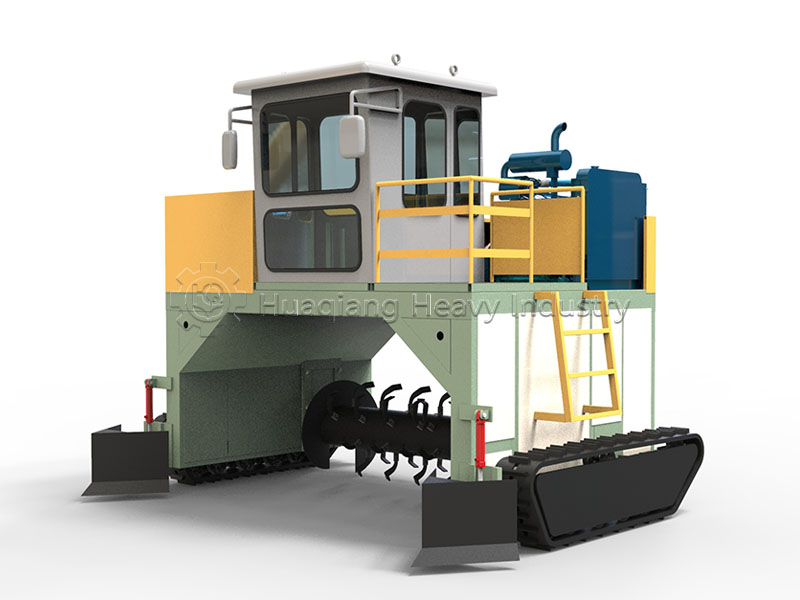Many small organic fertilizer plants initially used manual compost turning, requiring three people to turn only 20 tons of compost a day. This was tiring and slow. Switching to a windrow compost turning machine can save significant time and reduce waste.
First, it saves labor. A windrow compost turning machine can turn 50-80 tons of compost a day, equivalent to the work of 5-6 workers. Furthermore, there’s no need to carry hoes or push carts. Workers simply operate the machine and follow its route, eliminating the need to run back and forth in the stinking compost yard. This significantly reduces the physical workload and eliminates the worry of heatstroke in the summer or frozen hands in the winter.

Second, it saves time. Manual compost turning requires digging up and stacking the pile piece by piece, taking half a day to complete. A compost turning machine, turning as it goes, can turn a 10-ton pile in 10 minutes, and the turning is more even. Previously, manually turned piles often had “dead corners,” requiring 30 days for fermentation. With a machine, fermentation is complete in 20 days, shortening the production cycle by one-third.
It also saves on raw materials. Manual compost turning can easily miss large chunks of raw materials or spill them outside the pile, wasting about 10%. The windrow compost turning machine’s blades break up large chunks of raw materials and “sweep” spilled materials back into the pile, increasing raw material utilization to over 95%.


